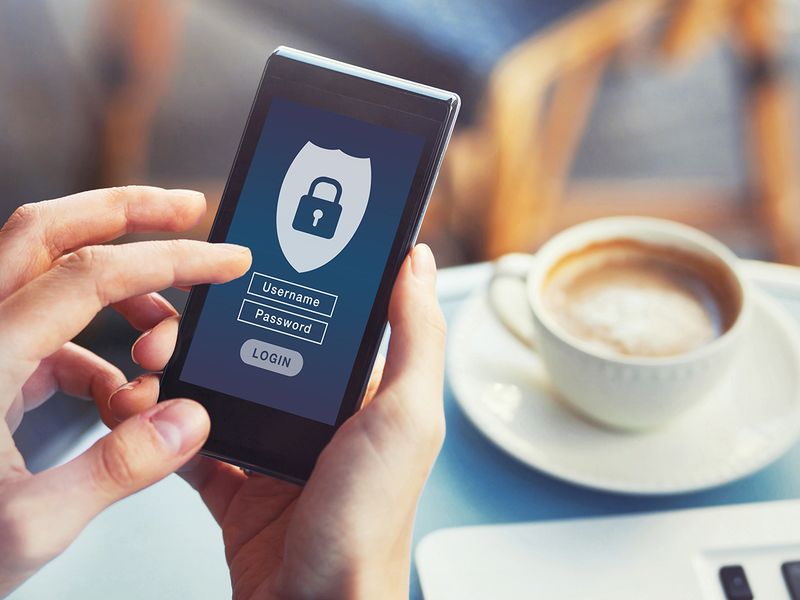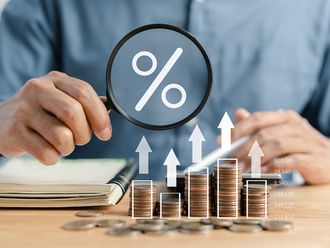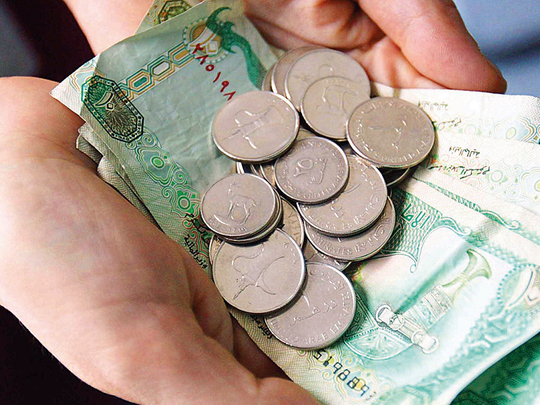
Dubai: Because of the old adage “it takes money to make money”, many still think of investing and the stock market as an activity for the wealthy.
But what if you could start investing with just a few dirhams a week? This is where the concept of micro-investing has become increasingly popular. Here we outweigh the perks, alongside key risks.
Micro-investing involves saving small sums of money — such as spare change — and investing it consistently into the markets through exchange-traded funds (ETFs) or fractional shares of stock.
also read
- How can one go about investing in exchange-traded funds (ETFs)? What are the key perks and risks?
- With an end in sight for market uncertainty, mutual fund investors should stay invested to reap gains
- UAE: When is the right time for NRIs to book profits in mutual fund investments?
- UAE: Investing in mutual funds? How good are the returns and should you opt for either active or passive funds?
Over the long-term, even small amounts of money can turn into tens of thousands of dirhams if invested wisely.
Micro-investing platforms aim to remove traditional barriers to investing, such as brokerage account minimums, and encourage people to invest even if they have limited incomes and assets.
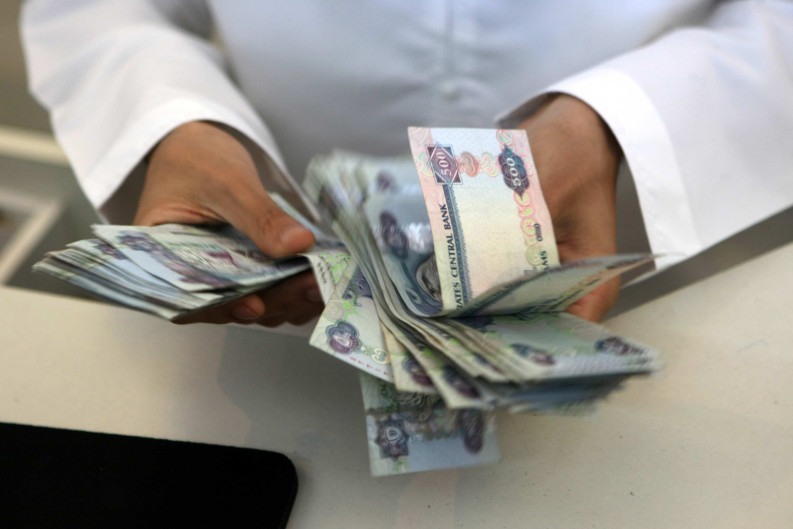
Why micro-invest?
By making investing simple and painless, micro-investing platforms can help people who otherwise wouldn’t accumulate savings for future investment.
These platforms take tiny amounts of money, usually from rounding up transactions, and invest them into ETF-based accounts.
Small savings can add up over time to yield returns that beat traditional savings vehicles like a savings account or fixed deposits.
How do people micro-invest?
Many people use micro-investing apps because they typically provide a lot of flexibility, and don’t require extensive knowledge about the financial world.
One popular way people do it is by buying fractional shares of stocks and ETFs. Some brokers will allow you to invest $100 (Dh367) in Microsoft – which is less than the price of a single share.
With stocks of certain well-known companies such as Amazon and Google’s parent company Alphabet each selling for more than $2,500 (Dh9,183) per share, it can take time to save enough to purchase just one share.
This is why fractional shares allow you to invest before you can afford an entire share. By making small investments in a diverse set of stocks and funds, you can get a portfolio started with a relatively small amount of money.
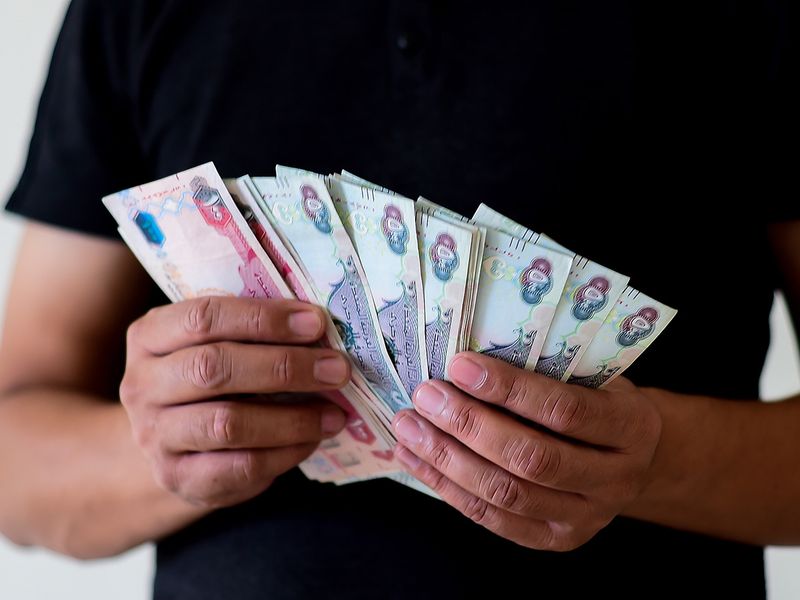
Digital-age equivalent of cookie jar investing
Micro-investing platforms are the digital-age equivalent of saving in a jar all the spare change from your purchases and then taking the full jar of change to the bank.
For example, you could sign up for an account with a platform and register your debit card. Each time you make a purchase, the platform rounds up your purchase to the nearest dirham and deposits the difference into an investment account.
Fuelling the trend of ‘mindless’ investing
The key selling point of such applications is that it is ‘mindless’ – in that you don’t actively do anything – other than access the app and set up your investor profile based on your values and appetite for risk.
If you are unlikely to notice the extra Dh0.50 missing from your account when you pay Dh3.50 for a coffee. But over time, you will notice the growing sum in your brokerage account.
If you buy that same coffee 20 times a month (or every workday), you will have invested Dh10 by the end of the month or Dh120 by the end of the year.
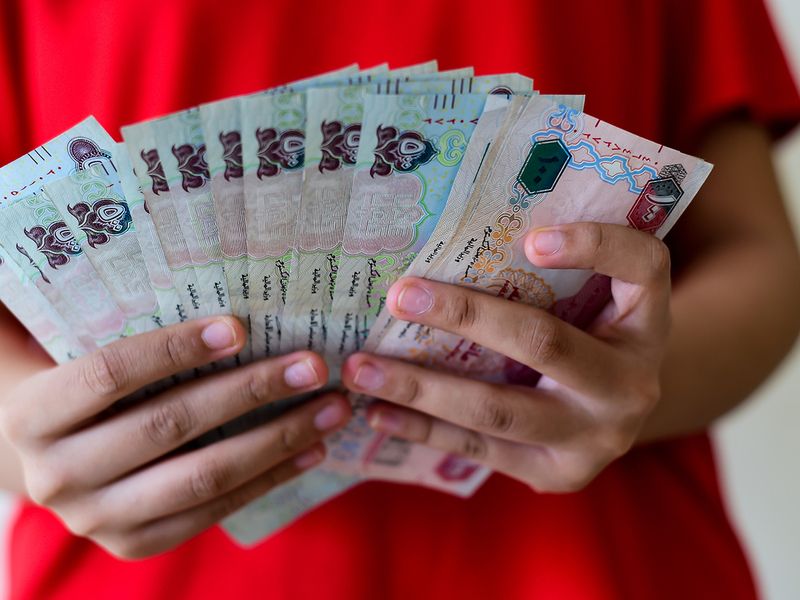
Does it offer a better alternative to traditional saving?
Wouldn’t an even better solution be for you to make your own coffee at home for Dh0.50 and invest the Dh3.00 savings per cup and end up with an extra Dh60 a month and Dh720 a year to invest?
While that is true, for individuals who wouldn’t want to make a lifestyle change, micro-investing offers an alternative over investing nothing at all.
Micro-investing makes investing sums as low as a few fils possible by eliminating per-transaction fees and investment minimums.
Investing Dh46 a month (after the Dh4 platform fee) for 10 years with an average annual return of 7 per cent, however, results in Dh8,580.
How micro-investing works?
Consumers don’t need to save up Dh100 for one share of a stock or mutual fund, and they don’t need to pay a brokerage fee to purchase that share. Instead, they pay the micro-investing platform a nominal fee, perhaps $1 (Dh3.67) per month, and it invests their money in fractional shares.
Because those fractional shares are in exchange-traded funds (ETF), the consumer’s investment is diversified across many different stocks and/or bonds, helping to protect against market swings in a way that investing in a single stock does not.
Even for people who save regularly, micro-investing platforms can improve their situation. Here’s how.
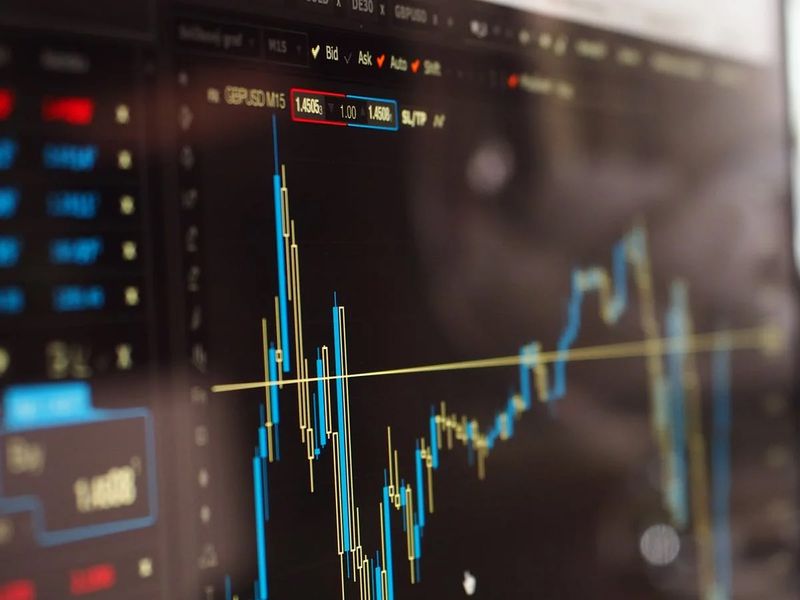
Features of micro-investing platforms
While automatic investments are not a required feature of a micro-investing platform, the ability to invest very small amounts of money is a required feature. To that end, some micro-investing platforms aim to help users to not only get in the habit of saving and investing but also to learn about investing.
Such platforms might teach users how to choose an ETF based on their goals, risk tolerance, interests and beliefs, for example. The profile you create when setting it up tells the app about the kinds of investments you like.
What fees are associated with micro-investing?
Most investing apps have some fees associated with them, but they’re typically pretty low. For example, US-based Stash charges users $1 (Dh3.67) per month to use its platform, up to $5,000 (Dh18,366).
When you hit the $5,000 (Dh18,366) mark, the charge becomes 0.25 per cent – that's $12.50 (Dh45.91) a year.
Rival platform UK-based Moneybox's monthly subscription cost is £1 (Dh5). Add to it the platform fee and fund provider fees, and you're looking at a total of 1.28 per cent in fees.
So the key downside with these platforms is that the more money you have invested, the more fees you can expect to pay.
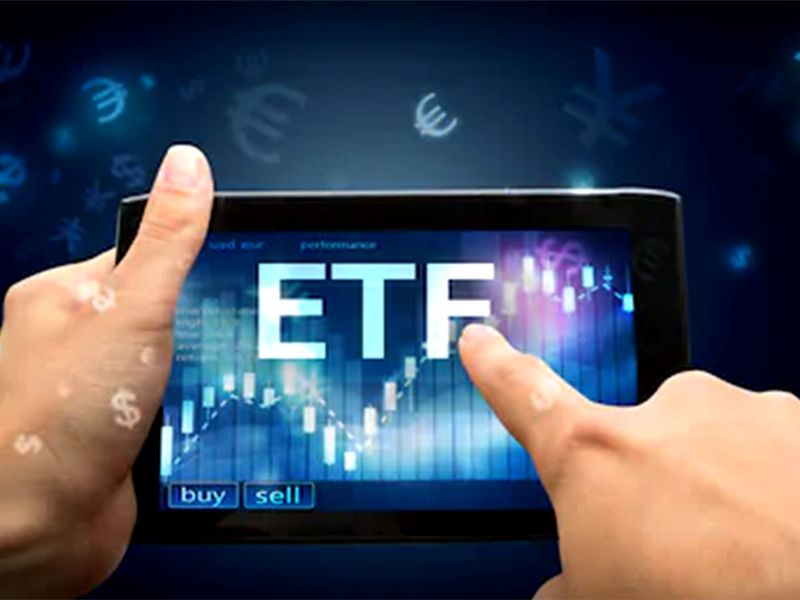
Micro-investing can help beginners
Micro-investing apps can be a gateway to learning more about the stock market and getting started with an app such as this can be a good way to alleviate their fears related to investing. However, micro-investing does have its downsides, too.
While it’s a good way to get started, investing small amounts over the long-term probably isn’t enough to earn you a significant return. But if you hope to see a larger return in the long run, you’ll likely need to make bigger contributions.
Investing small amounts over the long-term probably isn’t enough to earn you a significant return. It’s a good way to get started, of course, but if you hope to see a hefty return, years down the road, you’ll likely need to increase your contributions.
Be wary of fees when investing infrequently
Investors should also be wary of the fees associated with micro-investing platforms. If you’re only stashing a little bit of money over long periods of time, fees can eat up a significant portion of your portfolio.
These fees are huge chunks out of returns for those who use the rounding up option of investing.
Subscribers can also elect to allocate a specific amount every month, or pay in one-off deposits – which means the monthly fee becomes less of a percentage of that invested but it remains a sizable chunk on

Key caveats and what to keep in mind when using these apps
A lot of these micro-investment apps require the user to link their bank account or debit card. But how safe is it to give your bank details to a third-party application?
As with every trading platform, the payment informations are encrypted, and users receive a one-time-use login code every time they sign into the app. However, when it comes to transfering money from and to your savings account to your brokerage account, the credibility of the platform is crucial.
Ensure that the platform is safe to be trusted with money transfers from your savings account, which often require a username and password beforehand. Just make sure that each OTP request is from the platform and not a “phishing” email.
Only your bank account number and your official name registered to this bank account are sufficient for each transaction. Your online banking username and password should not be revealed to anyone at all.
Also ensure that the brokerage you deal with is registered by the relevant country's regulator and your investment amounts are insured or protected.
For example, Stash, the micro-investment brokerage mentioned above, is registered with the US financial regulator, the Securities and Exchange Commission (SEC), and the Federal Deposit Insurance Corporation, a US government agency that protects against monetary loss.
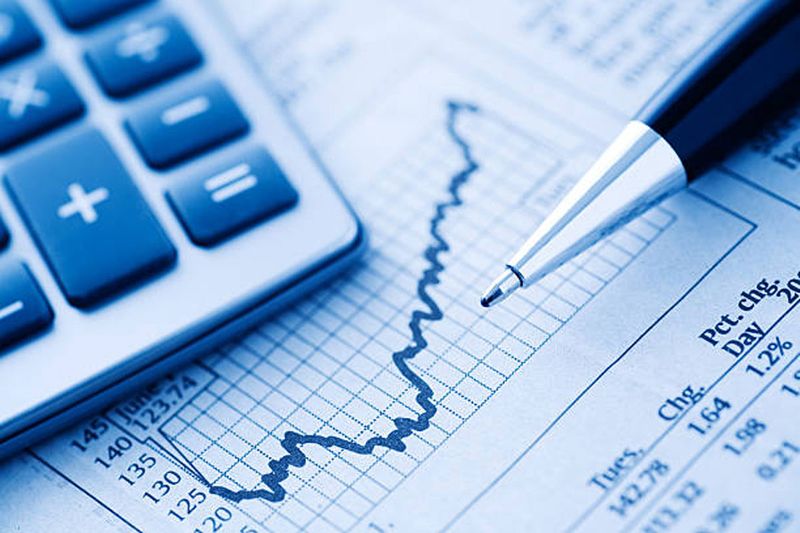
How investment brokerages protect your personal information
Ensure the brokerage you deal with has undergone an extensive internal examination called a Payment Card Industry Data Security Standard audit (PCI DSS), which all merchants and organisations that store, process or transmit credit and debit data must perform. It ensures your cardholder data is stored and safeguarded against malicious attacks.
We use 256-bit encryption, an industry-standard, to protect information as it moves across the network, and to encode information such as your Personal Identification number (PIN) and transaction history.
Most investment brokerages also use something called Transport Layer Security (TLS), which protects your information when you’re communicating with the brokerage via the Web or your mobile device.
Biometric recognition: You can use your fingerprint - to log into your account. Since your fingerprint is unique to you, it can provide greater account access security than simply using a password.
Access controls: Also the brokerage times your sessions, and will automatically log you out after a set period of inactivity, while also continuously monitoring log-ons for access from unauthorised users.
1. Don’t use easy-to-guess passwords, such as your birth date, your name, or names of friends, as well as current or past addresses.
2. Use complex passwords that combine upper and lower case letters, numbers, as well as symbols.
3. Don’t use the same password for multiple web sites or apps.
4. Change your passwords every 90 days.
